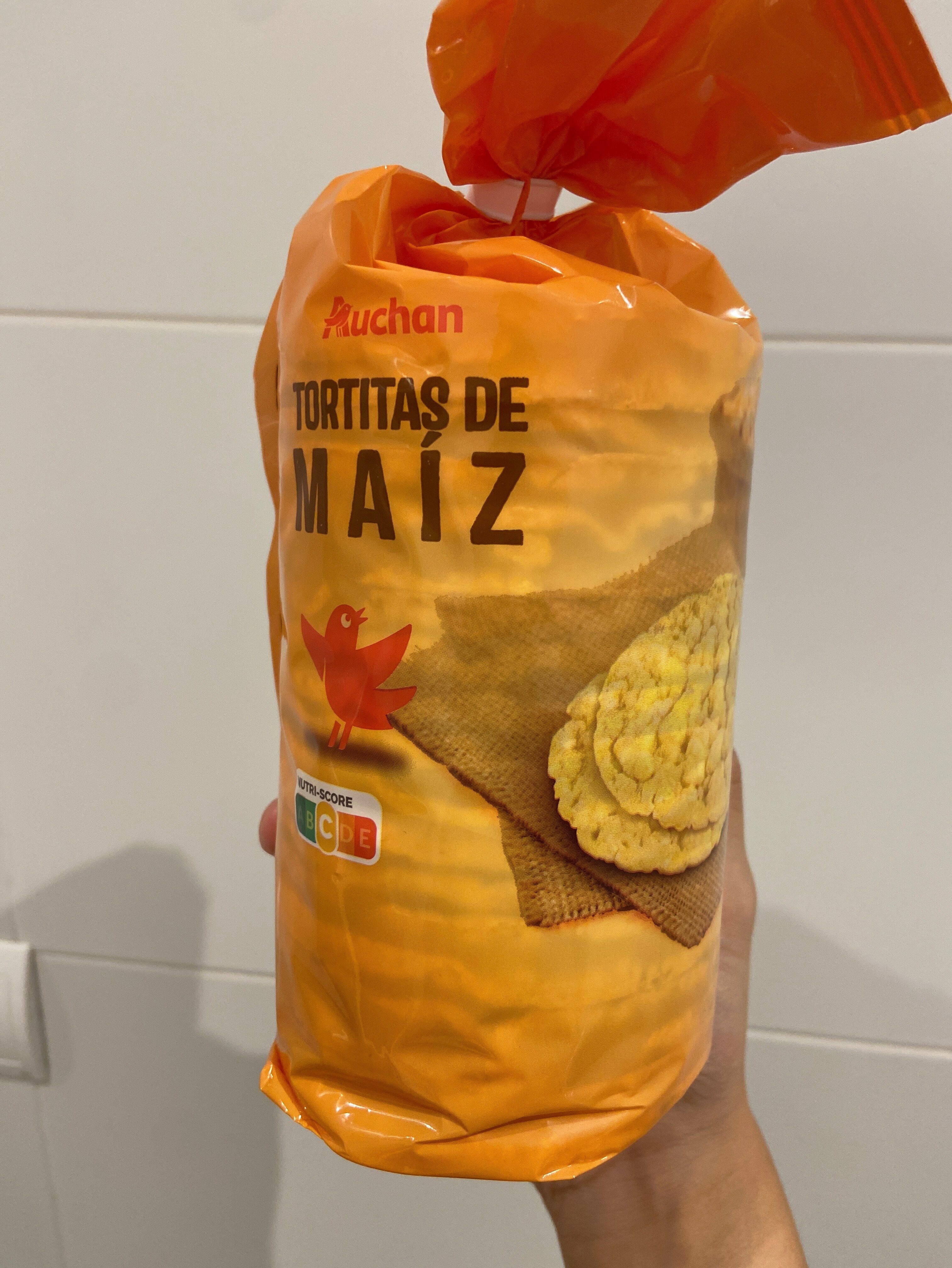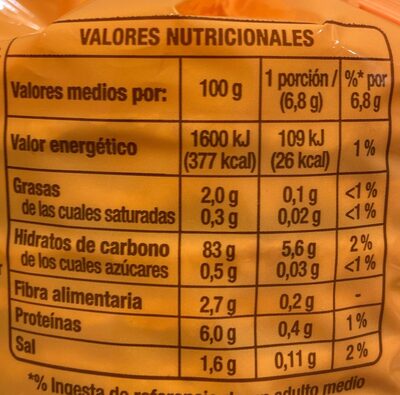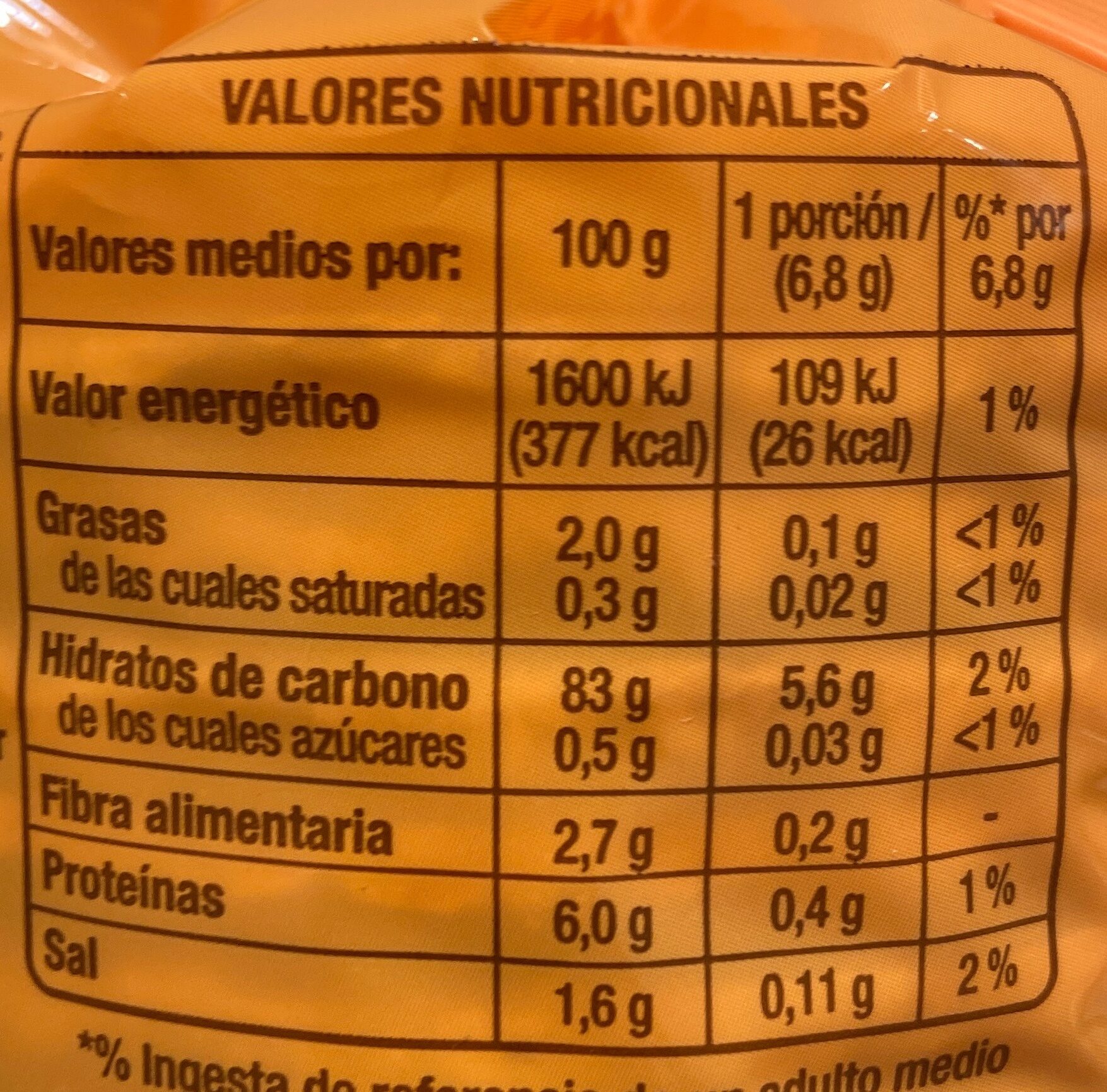Tortitas de Maíz - Auchan - 130g
Aquesta pàgina del producte no està completa. Podeu ajudar a completar-la editant-la i afegint-hi més dades a partir de les fotos ja disponibles, o fent-ne més amb l'aplicació de androide o iPhone / iPad. Gràcies!
×
Codi de barres: 8410376040456 (EAN / EAN-13)
Quantitat: 130g
Marques: Auchan
Categories: Aliments i begudes amb base vegetal, Aliments amb base vegetal, Cereals i patates, Cereals i derivats, Pastissos de cereals inflats, en:Puffed corn cakes
Etiquetes, certificacions, premis: Comptador Nutricional, Grau C Nutriscore
Botigues: Auchan
Països on es va vendre: Espanya
Matching with your preferences
Entorn
Petjada de carboni
Empaquetament
Transport
Report a problem
Fonts de dades
Producte afegit per kiliweb
Última modificació de la pàgina del producte per spotter.
La pàgina del producte, també editada per acuario, carlotam372, moon-rabbit, openfoodfacts-contributors, sebleouf, teolemon, yuka.WFo4L0h2c005c0lyd2NRRCtrLzh3L0J2N0srNVlYNkpDK285SUE9PQ, yuka.sY2b0xO6T85zoF3NwEKvlmZ_Cfvkswv1LSfii2iH7_WVLa3WcY58voTzb6s.










